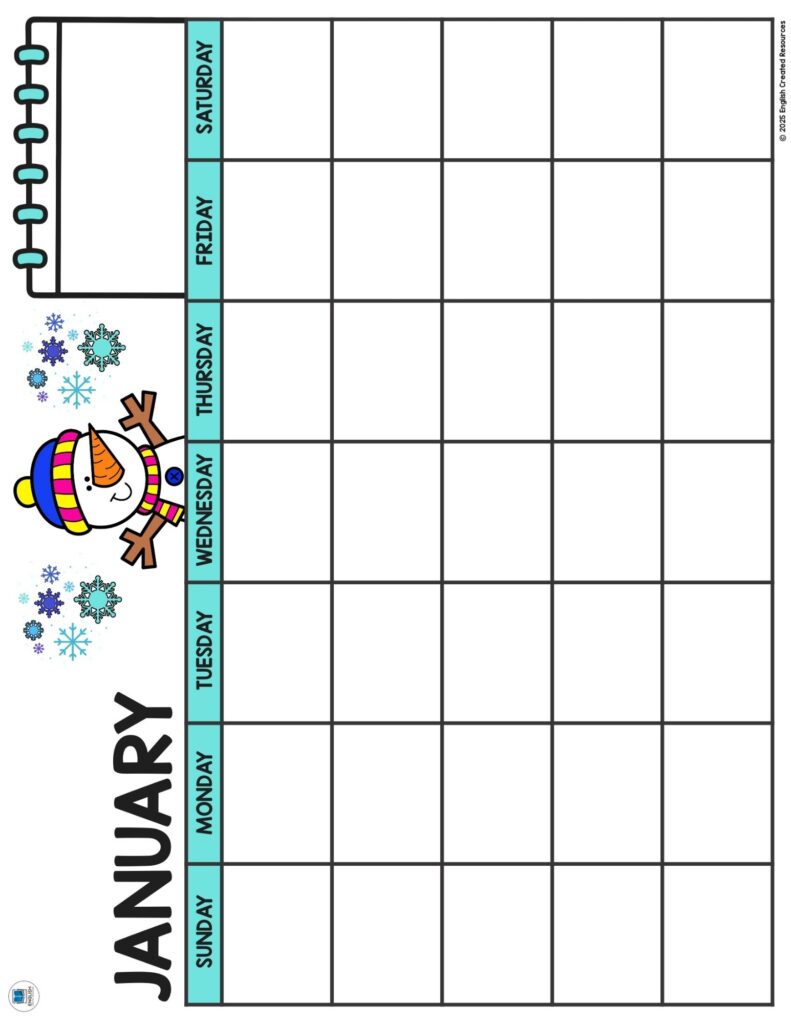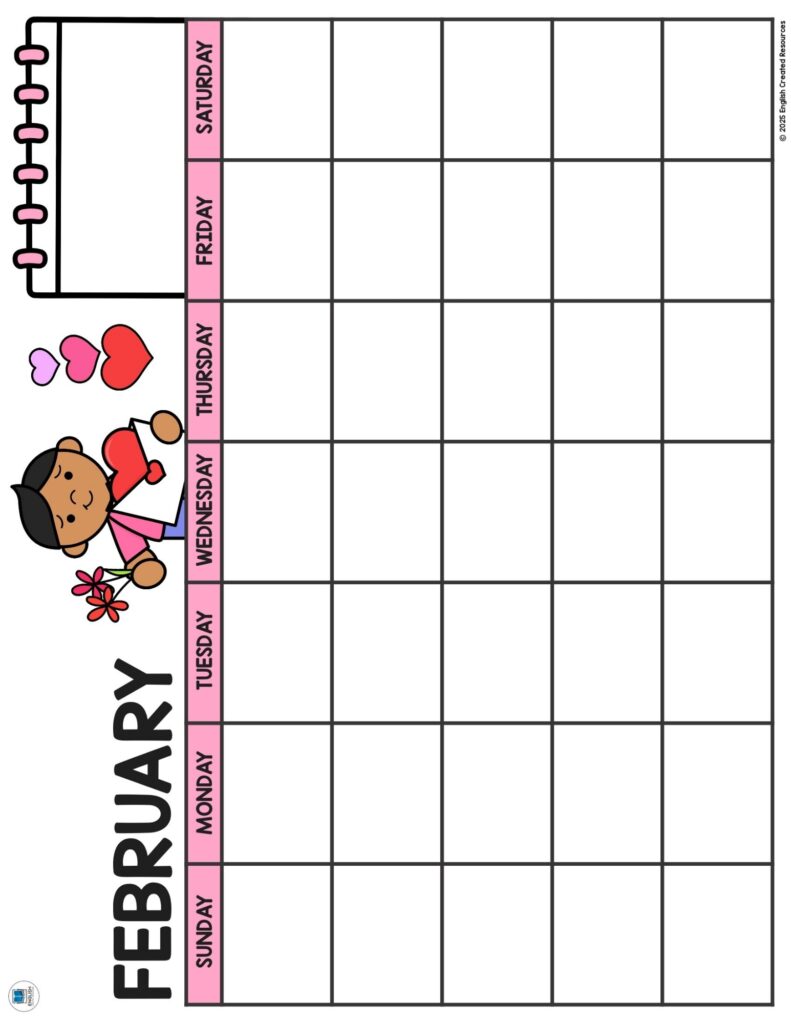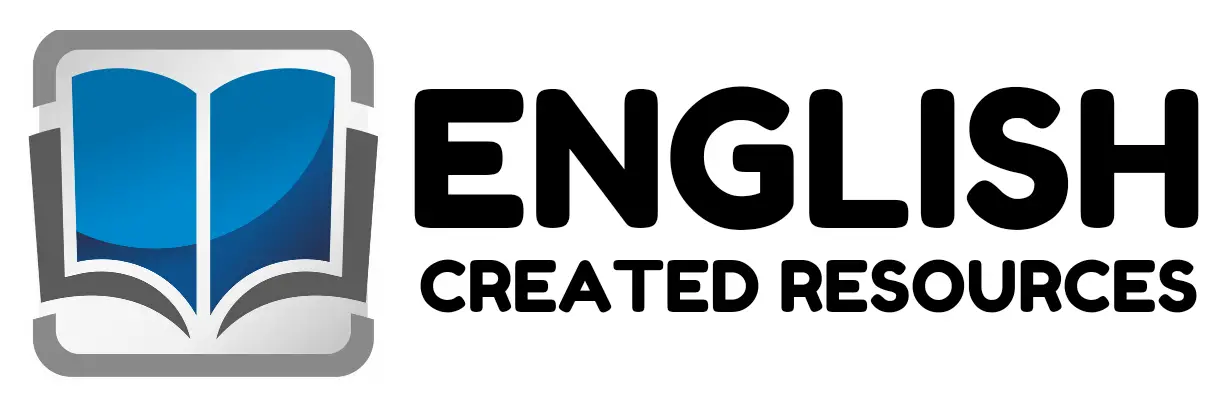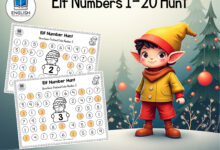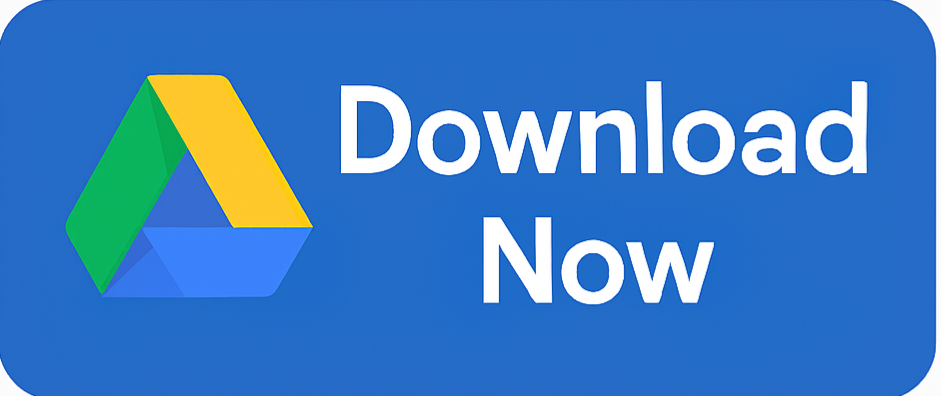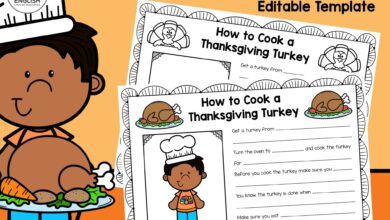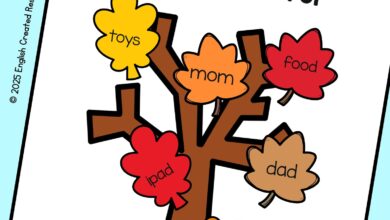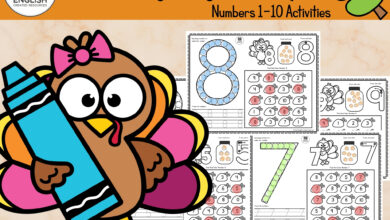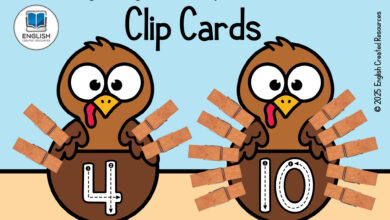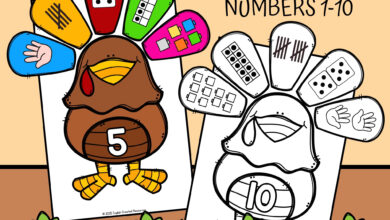Class Calendar

Class Calendar
A Class Calendar is one of the most fundamental and enriching tools in early childhood education. Though it may appear simple at first glance, its impact on cognitive development, emotional stability, routine-building, and foundational academic skills is profound. In a preschool or kindergarten classroom, where children are just beginning to understand the world around them, a class calendar acts as a daily guide, a visual learning aid, and a bridge to critical early learning concepts.
1. Promotes a Sense of Routine and Structure
Young children thrive on routine and predictability. A class calendar provides them with a visual structure of the day, week, and month, helping them feel secure and confident in their environment. By reviewing the calendar daily—typically during morning circle time—students start to understand how time progresses and what to expect. This sense of order is essential for reducing anxiety and encouraging positive behavior in the classroom. It helps students transition more smoothly from one activity to the next, and it teaches them to anticipate and prepare for upcoming events.
2. Enhances Time-Related Vocabulary and Concepts
Children in preschool and kindergarten are just beginning to grasp abstract time concepts such as “yesterday,” “today,” “tomorrow,” “weekend,” and “next week.” Using a class calendar every day helps children make real-life connections with these words. They begin to understand what a week is, how many days are in a month, and what it means when the teacher says “we’ll have a field trip on Friday.” This builds their temporal awareness and lays the groundwork for future learning in subjects like history, science, and planning.
3. Strengthens Math and Number Skills
A class calendar is a daily opportunity to reinforce early math concepts. Children count the days of the month, recognize number sequences, discuss ordinal numbers (first, second, third), and begin to understand patterns as they look at how days and weeks repeat. Many teachers use different colors for weekdays and weekends or alternate colors for weeks, giving children a visual introduction to pattern recognition. Calendars can also introduce basic addition and subtraction: for example, “If today is the 8th, what day will it be three days from now?”
4. Supports Language and Literacy Development
Each time children participate in calendar activities, they engage in listening, speaking, and reading. Teachers often ask questions, encourage children to respond in complete sentences, and help them read the names of months and days of the week. This repeated exposure to calendar vocabulary improves their phonemic awareness and sight word recognition. It also helps children form full sentences such as “Today is Wednesday, July 9th,” building their confidence in public speaking and sentence structure.
5. Encourages Social Interaction and Participation
Class calendar time is usually a group activity where children sit together in a circle and take turns leading parts of the routine. This fosters cooperation, turn-taking, and leadership skills. One child might be chosen as the “calendar helper” of the day to point to the correct date, identify the weather, or move the day marker. These roles give children a sense of responsibility and pride, encouraging active participation and a sense of belonging in the classroom community.
6. Helps Teach Weather and Seasons
Class calendars are often combined with weather charts and seasonal observations. Students learn to associate certain months with specific weather patterns or holidays, such as snow in January or flowers in April. This naturally develops scientific thinking and observational skills. Children begin to understand how seasons change and how weather relates to the calendar—an important foundation for future science lessons.
7. Provides a Platform for Discussing Important Events
The calendar can be used to mark special days such as birthdays, holidays, school events, and field trips. This helps children build anticipation and excitement and makes abstract time periods more tangible. It also offers opportunities to practice counting down and understanding how long they have to wait for an event, which builds patience and self-regulation.
8. Promotes Responsibility and Independence
By engaging with the class calendar daily, students gradually become more aware of their own routines and responsibilities. They learn the days they have gym or music, when they need to bring something from home, or when it’s a friend’s birthday. Over time, this awareness nurtures independence as children begin to track and remember important dates on their own.
9. Supports Cross-Curricular Learning
The class calendar is not an isolated tool—it intersects with math, literacy, science, social studies, and even emotional learning. Discussing national holidays can lead to conversations about history or culture. Marking a classmate’s birthday can lead to lessons on months of the year or simple bar graphs on birthday months. The versatility of the calendar makes it a gateway to integrated learning experiences across all subjects.
In conclusion, a class calendar in a preschool or kindergarten setting is much more than a tool for marking dates. It is a powerful educational resource that enhances learning in multiple domains: from building math and literacy skills to developing routines, responsibility, and a deep understanding of time. It supports children’s social-emotional growth by providing structure, fostering classroom community, and giving young learners a voice and role in their daily schedule. Teachers who use the class calendar effectively are not just teaching about dates—they are laying the foundation for a lifetime of organizational skills, critical thinking, and academic success.
Samples From the Calendar
